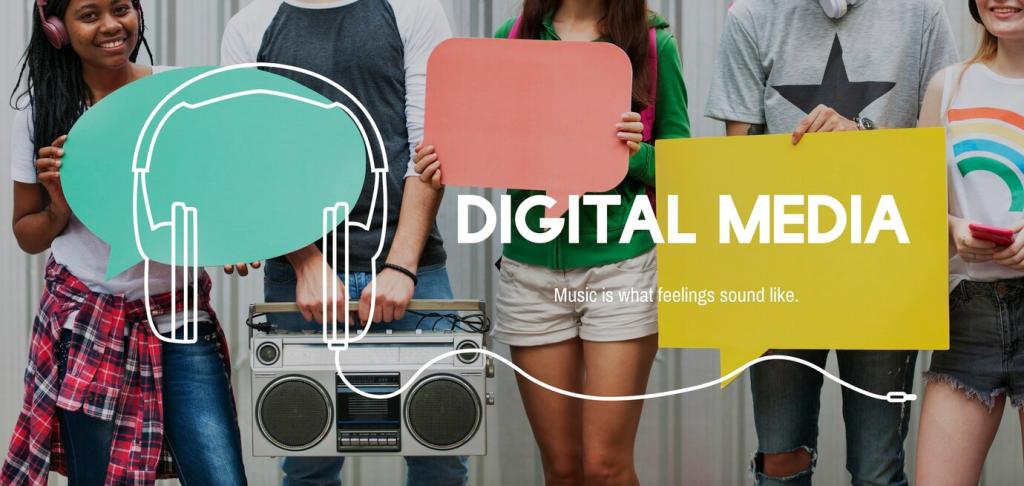Tools and Techniques for Responsible Citizen Reporting
Hold steady, include landmarks, narrate the who, what, where, and when, and film a street sign or clock for time cues. Small habits help editors verify faster. What capture tips would you add from experience?
Tools and Techniques for Responsible Citizen Reporting
Compare with official feeds, check weather data, scan for old uploads, and note original sources. A sixty-second verification ritual can stop harmful rumors. Which simple checks fit your routine when news feels chaotic and urgent?








